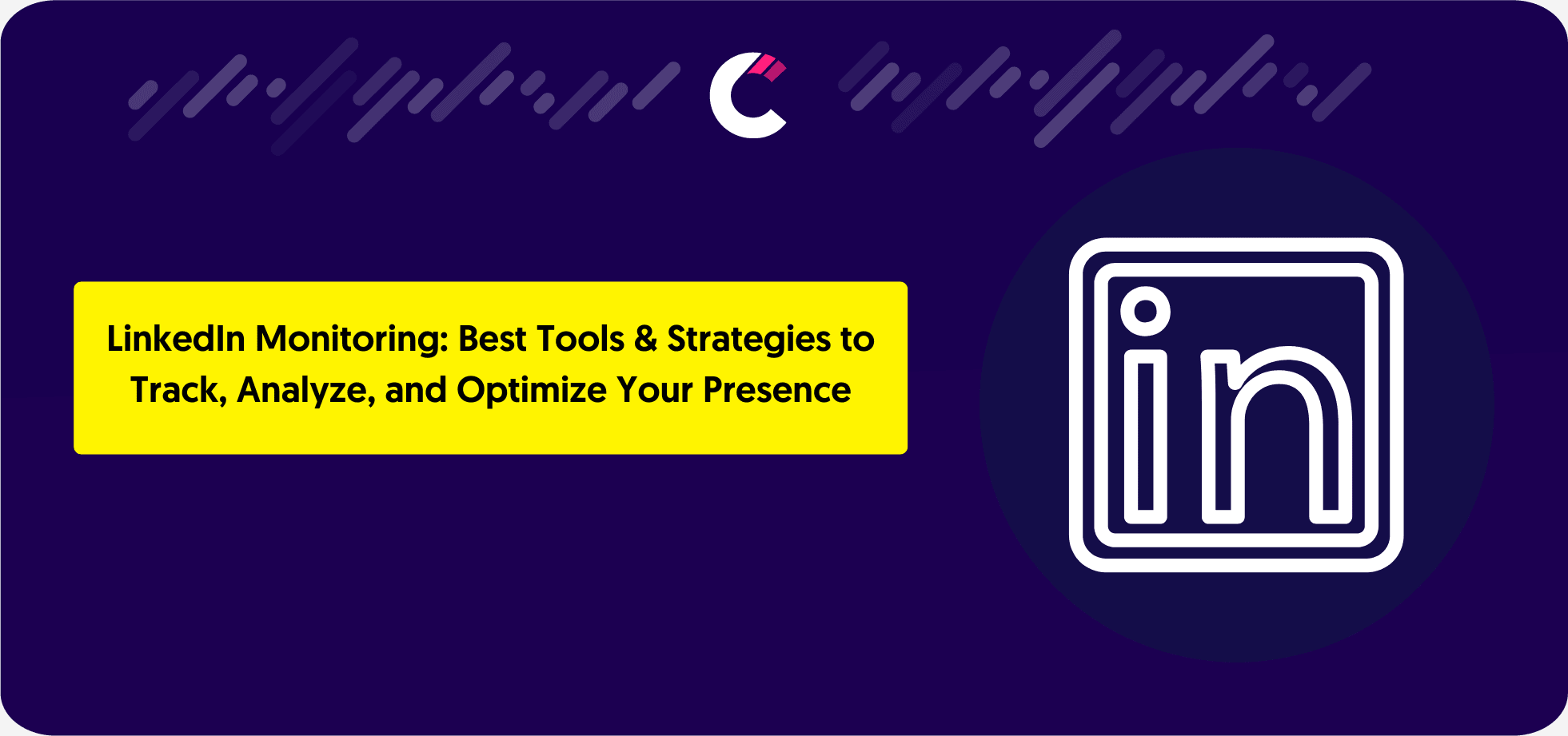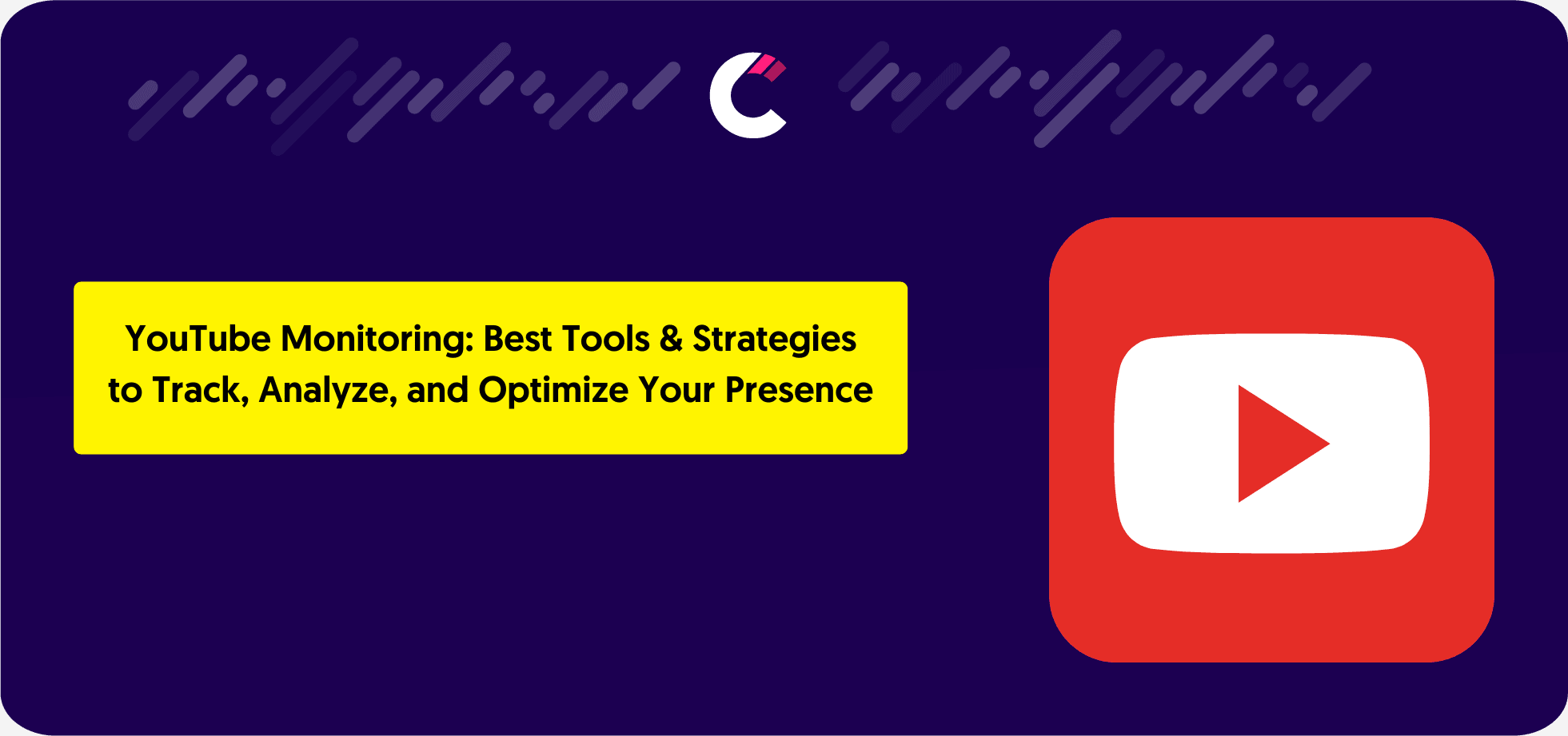Competition is everywhere, and if you’re not aware of it, you should. Competitors are our best friends and enemies at the same time. Knowing how to beat the business competition is of crucial importance.
You probably heard a lot of confident people saying: “We don’t have important competitors!”. That isn’t true.
Although confidence is an essential factor when it comes to business, the competition, whether we wanted to admit it or not, really exists. We must keep up with what is happening in their business plan.
Whatever you do, there is an excellent chance that someone else does it also.
The focus should always be on your business, that’s the fact.
Nevertheless, it’s also important to be aware that the existence of business competition is inevitable.
If you ignore the performance of your competitors, you are likely working against yourself. Not paying attention to them, you can create a huge disadvantage for your business.
If your goal is to prevent a regression in your business, the solution is to make a comprehensive competitive analysis.
Competitive analysis or competitive research is a field centered on strategic research that specializes in the collection and review of information about rival firms. It’s an essential tactic for finding out what your competitors are doing and what kind of threat they present to your financial well-being.
Competitive analysis will help you to:
- evaluate
- analyze
- beat your business competition!
Why is it important to monitor business competition?
Observing the steps that your competitors are taking can bring you great benefits.
Even before, when online businesses were not so developed, one of the most important segments when it comes to business plans was market research, which necessarily includes business competition.
You must know where your position is in comparison to the competitors. Not only when it comes to the results in Internet browsers, but also what are they exactly doing, what are they excellent at, and what are they doing wrong.
You can always use their mistakes or omissions as a benefit for you and take the win regarding the business competition.
Let’s give you one example to make it clearer.
Finding out which keywords are used by your competitors, it can help you realize which are the low competition keywords that people search, which keywords is competition not using, and which keywords are relevant to your field.
Jackpot!
Now you know which keywords you need to focus on and to, in that way, get more visits to your blog, website, or online store.
Given that the business competition is a complex topic, we will take you to step by step through this article and explain how the research of your competitors should look like.
1. Who are your competitors?
Of course, first, you need to find out who represents your business competition.
Make a list of your competitors.
Probably, the main competitors in your niche will pop into your mind first. If that’s not the case, do your research using Google, which will surely be an excellent source for you.
You do not have to take absolutely every brand or company into consideration, but, for example, start with the ten major and the most successful competitors.
You will easily be able to expand this list later on.
For now, it’s important to make the base – the starting point from where your business competition analysis will start.
2. Different sales channels, content and the tone of communication
In addition to websites that are the basis of online presence, social networks play a huge role in brand awareness.
It’s time for you to find out which sales channels your business competition is available on.
Today, there are many social networks that you can use for your promotion. Some of the most popular ones are Facebook, Instagram, and YouTube.
Get started and check which channels are your competitors promoting themselves on.
Tip: Do not follow each step of your business competition, blindly. If you are dealing with a job that is not suitable to be advertised on, for example, Instagram, and one of your competitors is doing just that, do not follow in their footsteps. If you are not sure which channels you need to focus on, look at what the majority is doing and try their method or consult with an expert who will be able to lead you to the right path.
Once you’ve learned where others from your niche are promoting their business, it’s time to pay attention to the type of content that they post on different channels.
Some of the content types are:
- visual content: photos and videos
- blog posts
- eBooks
- webinars
- newsletters
- podcasts
- FAQs
- demos
Identifying the type of content that your business competition publishes can help you to plan your strategy on different channels.
The important items to pay attention to when it comes to the content are quality and regularity.
When you consider the tone of communication, look at the way your competitors communicate with their users.
Be sure to pay attention if they have a section with the left reviews.
In addition to seeing how they respond to their visitors, you also have insights into feedbacks. See what their users are praising and what they would rather change.
Take advantage of the competitors’ feedbacks to change in your business, everything that they weren’t doing right, and implement what is highlighted as their benefit. You are a few steps closer to beat the business competition!
3. Customer support
Your users want to know that they are important to you.
So take good care of them!
If you want to find out where your customer support stands in comparison to a competitive one, get down to the research.
Do not just watch what your business competition is doing; get in touch with them.
Most websites offer the option of live chat where you can start communicating with chatbots or with real people and ask them whatever you want.
Of course, if we talk about social networks, do not use the company profile because there is an excellent chance that you will be left without answers.
This can also be a good opportunity to find out some things you couldn’t possibly understand by merely browsing the site.
For example, you’ve noticed that one of your competitors has a particular feature, but you do not know which principle that feature works by. Send a simple message (via live chat, email, inbox) and kindly request more information about the function and the work method of this feature.
Thanks to this, you will find out:
- information about the feature (or any segment that interests you)
- how much time do they need to respond to your message
- what is their style of addressing visitors
Do this with different competitors so you could conclude.
One more time: do not blindly follow everything that your business competition does. If they need a lot of time to respond to your message, say 24h, that is certainly not a good way to keep your potential customers interested. Try to be as up-to-date as possible and to provide information in real-time.
4. Find out your USP!
The USP is an abbreviation for a unique selling proposition.
The most simple definition of the USP is The factor or consideration presented by a seller as the reason one product or service is different from or better than that of the competition.
The USP is extremely important for you to stand out in comparison to the other competitors.
This should be your main characteristic that will be connected by others to your product or service, and which will make it easier for them to remember you by.
Find out what stands out as the main advantage of your business competition. Let this information serve you as an inspiration for your USP if you do not already have a clear idea of what is separating you from the others.
Let’s see some great examples of USPs:
M&Ms: The milk chocolate melts in your mouth, not in your hand.
M&M’s USP is imaginative and easy to remember. Be honest, do you know anyone who has not heard of M&Ms?
Domino’s Pizza: You get fresh, hot pizza delivered to your door in 30 minutes or less or it’s free.
There is a pizzeria on every corner, and therefore, the business competition is enormous. But Domino’s Pizza has come up with the simplest USP that works. Why is that? When you think of eating a pizza, you want it fresh, hot and to arrive as soon as possible. That’s precisely what Domino’s Pizza offers, and because of that, the very next association on your mind will be related to this pizzeria in particular.
Make sure to present your USP to the audience in an ethical and/or creative way, and let this become one of the main strengths in beating the business competition.
Tip: When developing your USP, you must keep in mind your ideal buyer persona. The USP should attract your target audience, so pay attention to the following:
- what motivates them
- what are their interests
- what are their wishes
- gender
- age range
- where do they live
5. Search engine optimization
We have reached the last but not the least important step when it comes to evaluating and analyzing the competition.
By knowing the search engine optimization strategies of your competitors, you can give them the final blow and finally beat the business competition!
Every brand wants to find itself in the highest position when observing the search results in Internet browsers – people focus mostly on the first page of the results.
How Impact says: 61% of marketers say improving SEO and growing their organic presence is their top inbound marketing priority.
It is a big deal.
Every successful SEO strategy must include business competition research.
The investigation of competitive procedures is an absolute fair-play. Besides, be sure that your business competition is already observing the steps that your company makes, so why would you then allow them to be in the lead?
Today, many tools can help you monitor your competitors’ performance, and the conclusions you make based on the results will help you to improve your SEO rankings.
Some of these tools are:
By using some of these tools, you will save yourself valuable time which you can use for some other tasks.
While monitoring your business competition, you can find out:
- which keywords do they use
- what types of backlinks do they post
- what kind of content do they publish
- how do they rank
Keywords are an essential part of a good SEO strategy. This should be your starting point when you start planning your SEO strategy, but also when you monitor the strategies of your competitors.
- By analyzing the keywords used by your business competition, you can see which are the words that are best quoted in your niche.
- You will see which words, some that you maybe haven’t used previously, have a high number of searches and therefore you will get new suggestions.
- You will be able to see which are low competition keywords that your competition does not use, and you can target them.
A backlink is a great option to provide yourself with more significant traffic. You will find it easier to get a higher ranking by using backlinks on your website or blog. Your business competition is probably already using backlinks of the sites that might be important to you.
- By tracing backlinks to the websites of your competitors, you will find out which are the popular sites that can bring you more visits.
- You will find websites that are related to your niche that you can contact for outreach and link building more efficiently.
Content analysis will show you which type of content the people best respond to. Consequently, you will know which type of content you need to showcase on your sales channels.
All these items will help you find out the SEO metrics of your business competition.
Why is this important?
It’s important to know where you are in comparison to the competition. The results of these analyses will help you to evaluate the positions of the business competition.
You will find out what are you doing better and what are you doing worse than the others in your niche.
Learn their strengths and weaknesses.
When you get the results in front of you, you will know in which direction you need to go to improve your business and to beat the competition.
The bottom line
If you decide to follow these steps, you will have a comprehensive analysis of the behavior of your business competition, and you will know in which direction you need to go.
If you have felt stuck a couple of times, the number of visits has dropped, the sales have stopped, or you do not know what else you could improve, this is a great way to see the real situation.
Analyzing and evaluating competitive brands will surely broaden your perspective.
Keep up with the innovations.
Most companies that fail or go bust are those that do not keep in step with the times and changes. Do not let yourself get too comfortable even when you have the most conversions.
Don’t forget to do competitive analyses regularly.
It is not enough to do the research only once. We live in a time when things change at lightning speed, and one trend gets inherited by others.
For example, you can do it four times a year.
Maintain your audience’s interest.
Follow these tips, and the progress will be unavoidable.
After gathering all this information, it’s time for your strategy.
Be ready to beat the business competition!






